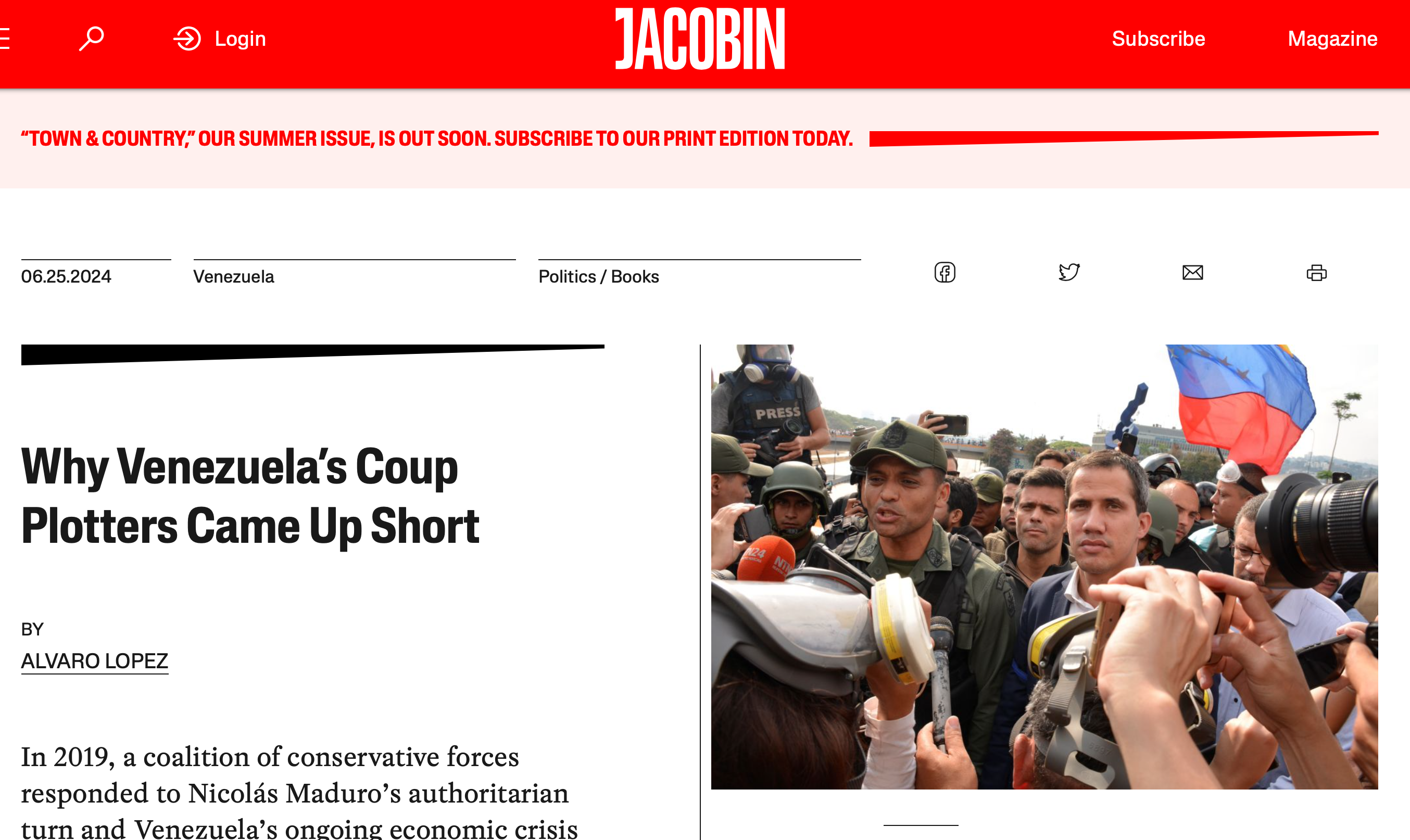Alright, buckle up, because I’m about to spill the beans on this “corporate coup” thing I’ve been messing with. It’s not as dramatic as it sounds, more like a strategic… adjustment, let’s call it.
So, it all started with me being super frustrated with the way things were being done around here. You know, the usual: endless meetings, decisions made behind closed doors, and projects going sideways because nobody was listening to the people actually doing the work – that’s me and my team! I got fed up just complaining so I decided to do something about it.

First thing I did, I started gathering intel. Like any good operative, I needed to know the lay of the land. I started paying close attention to who was aligned with who, who had influence, and where the real power lay. I talked to people, not just in my department, but across the company. Lunchroom chats, after-work beers (or coffees!), you name it. I was building my network, figuring out who might be sympathetic to my cause.
Then I identified a few key pain points that everyone seemed to agree on. The slow approval processes were killing innovation, the lack of transparency was breeding distrust, and the outdated technology was holding us back. These became my talking points, the core of my “platform,” if you will.
Next, I needed to build a coalition. I found a couple of like-minded individuals who were equally frustrated and had some sway within their own departments. We started meeting regularly, brainstorming solutions, and refining our arguments. We also started identifying potential allies, people who might be willing to support us if we presented a solid plan.
Okay, this is where it got tricky. We decided to start small, test the waters. We chose a specific project that was suffering from the problems we had identified and proposed a new way of doing things. A more agile approach, with more transparency and more input from the team on the ground. We presented our proposal to the project stakeholders, backed up with data and compelling arguments. To our surprise, they were receptive! They were tired of the old way too, it seemed.
This small win gave us momentum. We used it to build more support, showing others that change was possible. We started pushing for broader changes, advocating for new policies and processes that would address the systemic issues we had identified. We even started holding informal workshops to educate people about the benefits of these changes.
The real turning point came when we presented our findings and recommendations to senior management. We framed it not as a criticism of their leadership, but as an opportunity to improve the company’s performance and create a more engaged and productive workforce. We showed them the data, we told them the stories, and we made it clear that we were not just complaining, but offering solutions.

They didn’t immediately embrace everything, of course. There was resistance from some quarters, particularly from those who benefited from the status quo. But we had built enough support and presented a strong enough case that they couldn’t simply dismiss us. They agreed to pilot some of our recommendations, and the results were positive.
Now, things are slowly starting to change around here. The approval processes are a little faster, there’s a bit more transparency, and people are feeling more empowered to contribute their ideas. It’s not a full-blown revolution, but it’s a start. The key was doing my homework, building alliances, and focusing on solutions, not just problems. And being really, really persistent!
- Gathered intel: Understood the power dynamics and key players.
- Identified pain points: Found common ground and built a platform.
- Built a coalition: Recruited allies and created a support network.
- Started small: Tested the waters with a pilot project.
- Presented solutions: Showed senior management a better way forward.
- Persisted: Kept pushing for change, even when faced with resistance.
Look, it wasn’t easy, and it’s still ongoing. But it’s proof that you don’t have to accept the status quo. If you’re passionate about making a difference, you can find ways to influence change, even from the bottom up. Just remember to be strategic, be persistent, and always have a good argument.